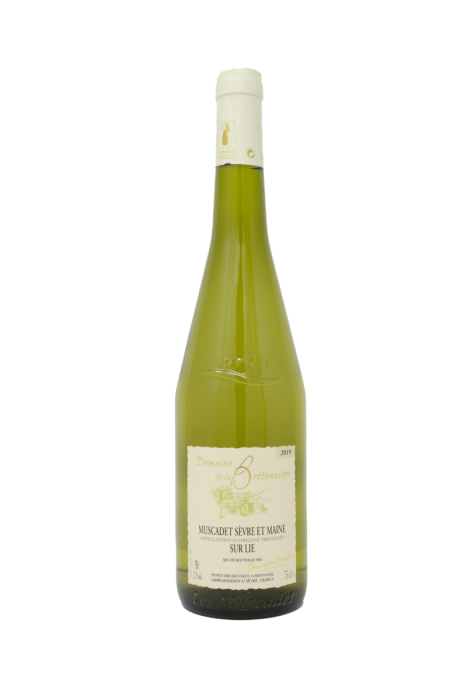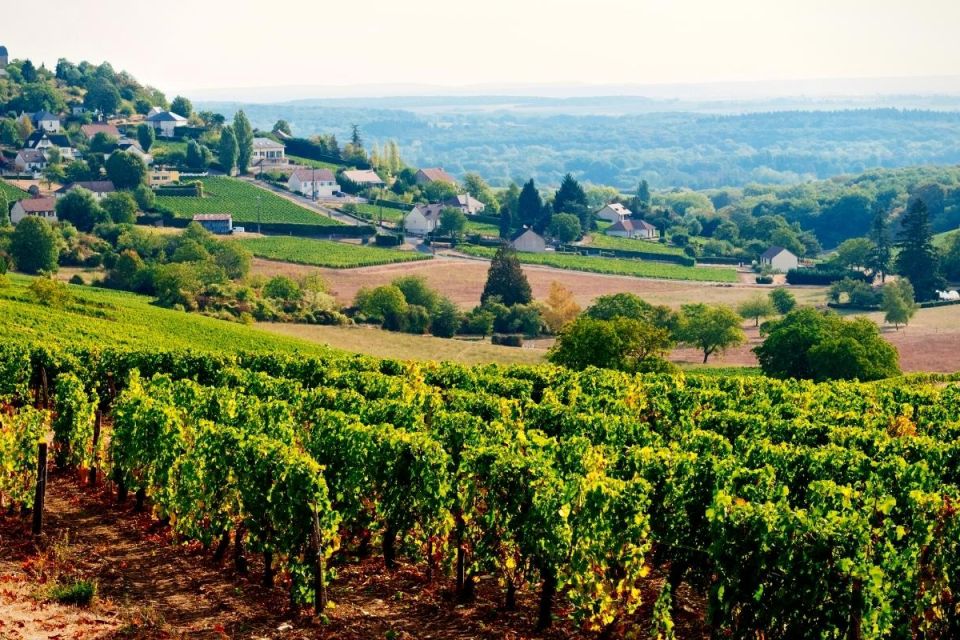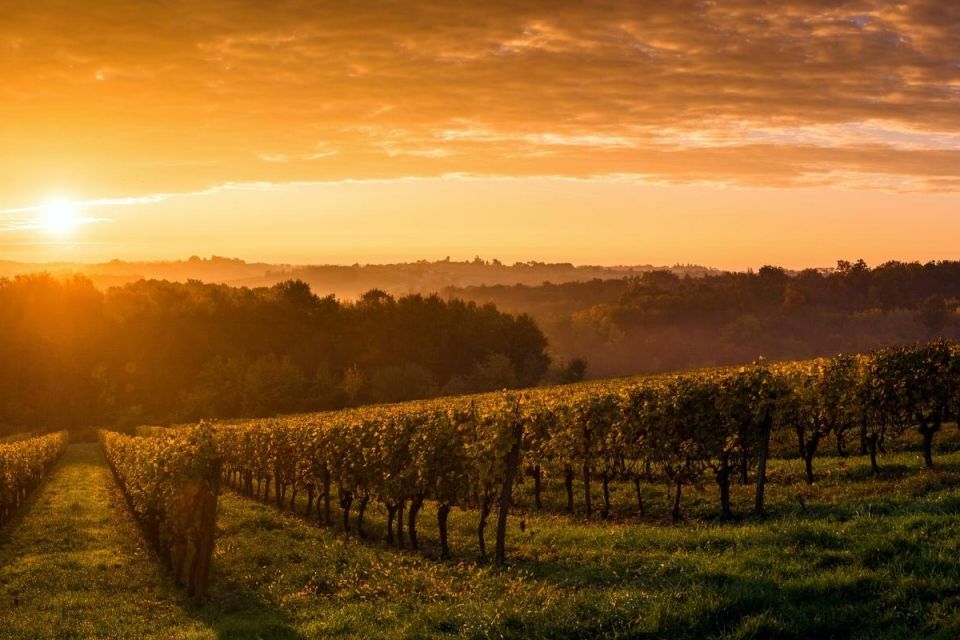Your Mini Basket
The heart of France, The Loire Valley follows a 630-mile course from a source near Beaujolais to the Atlantic Ocean, and is famous for its natural beauty, magnificent châteaux, and great wine.
The region can be split into four main areas – lower, middle, central and upper Loire – each with numerous appellations and styles of wines. Whilst the plantings here are varied, you can simplify things by understanding that the Loire Valley is dominated by four major grape varieties – Sauvignon Blanc, Chenin Blanc, Melon de Bourgogne and Cabernet Franc.
The Pays Nantais (Lower Loire) is all about white wines, notably Muscadet – the crisp, dry, sea-salt-y white made from Melon de Bourgogne. The Middle Loire – Anjou, Saumur & Touraine – is where Chenin Blanc gets into its prime (Savennières, Vouvray), where sparkling wines rule (Crémant de Loire), and where Cabernet Franc takes centre stage (Chinon, Saumur-Champigny). Central Loire is home to the most recognizable appellations for quality Sauvignon Blanc – Sancerre and Pouilly Fumé. The Upper Loire or – Auvergne – is an ancient wine growing area of France, but a little harder to track down. Auvergne reds are usually made from Gamay and Pinot Noir, whilst the whites will often be Chardonnay.



